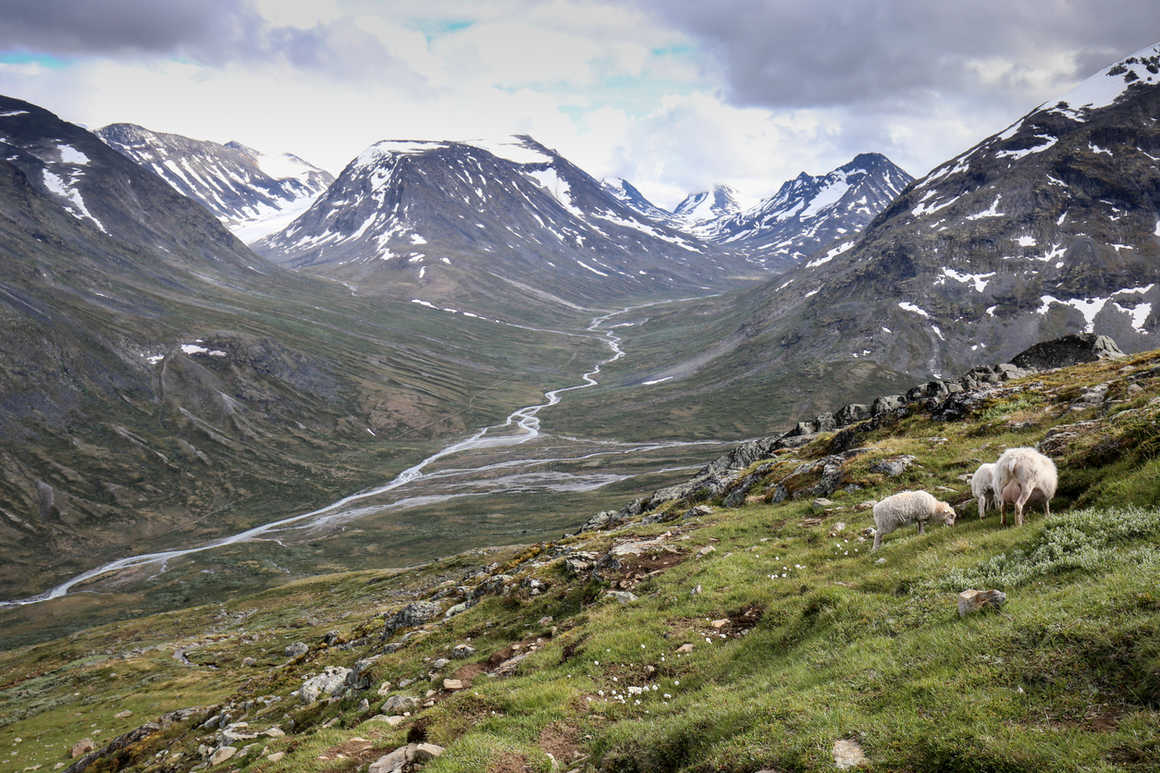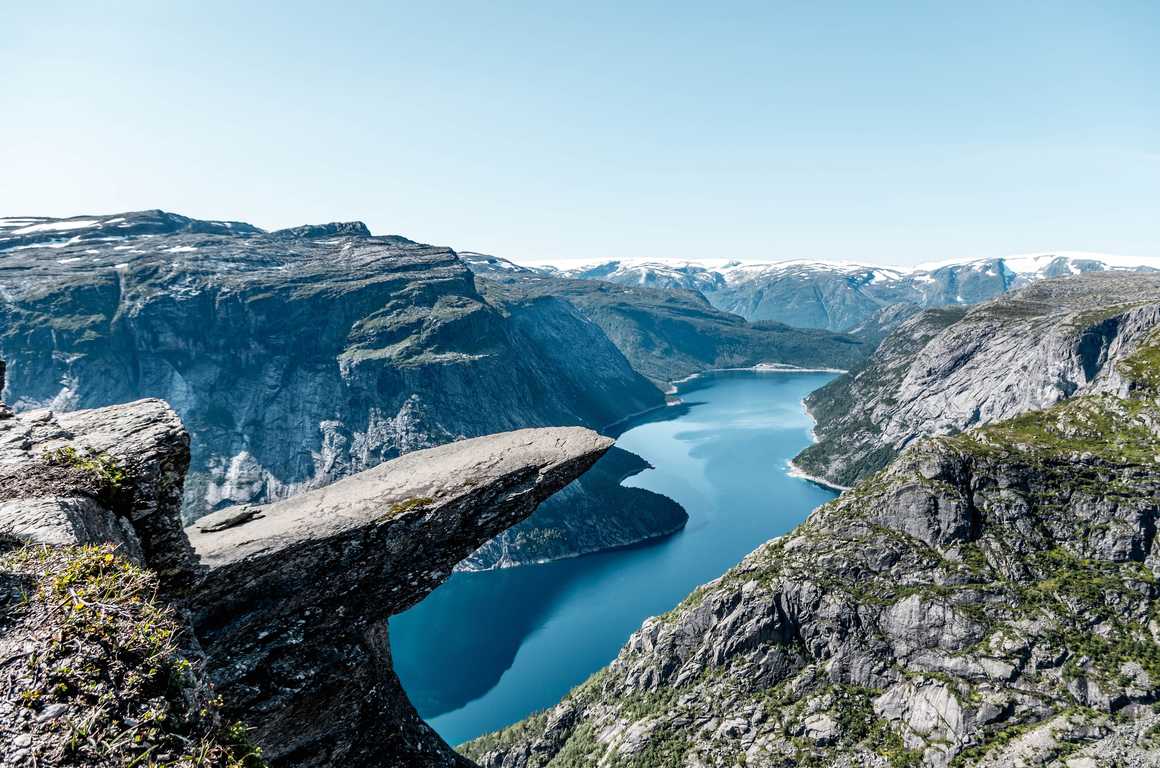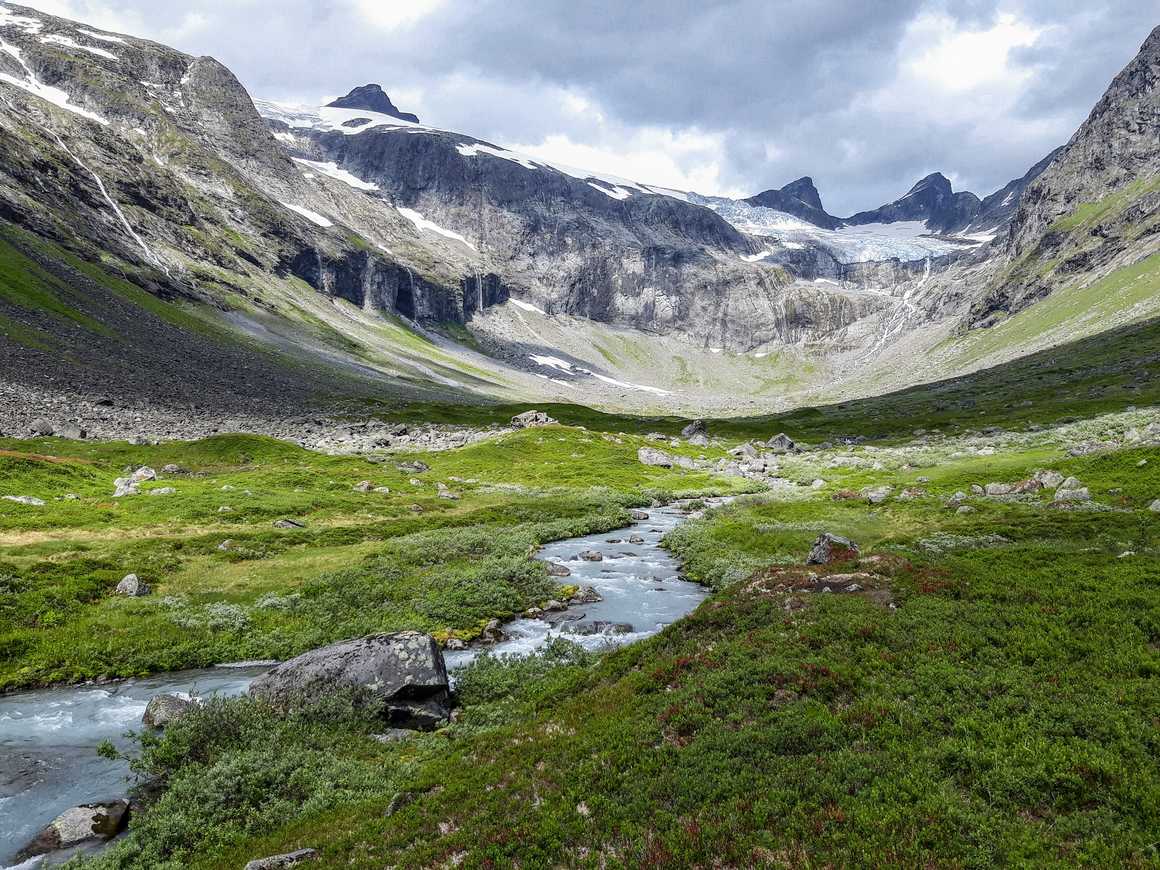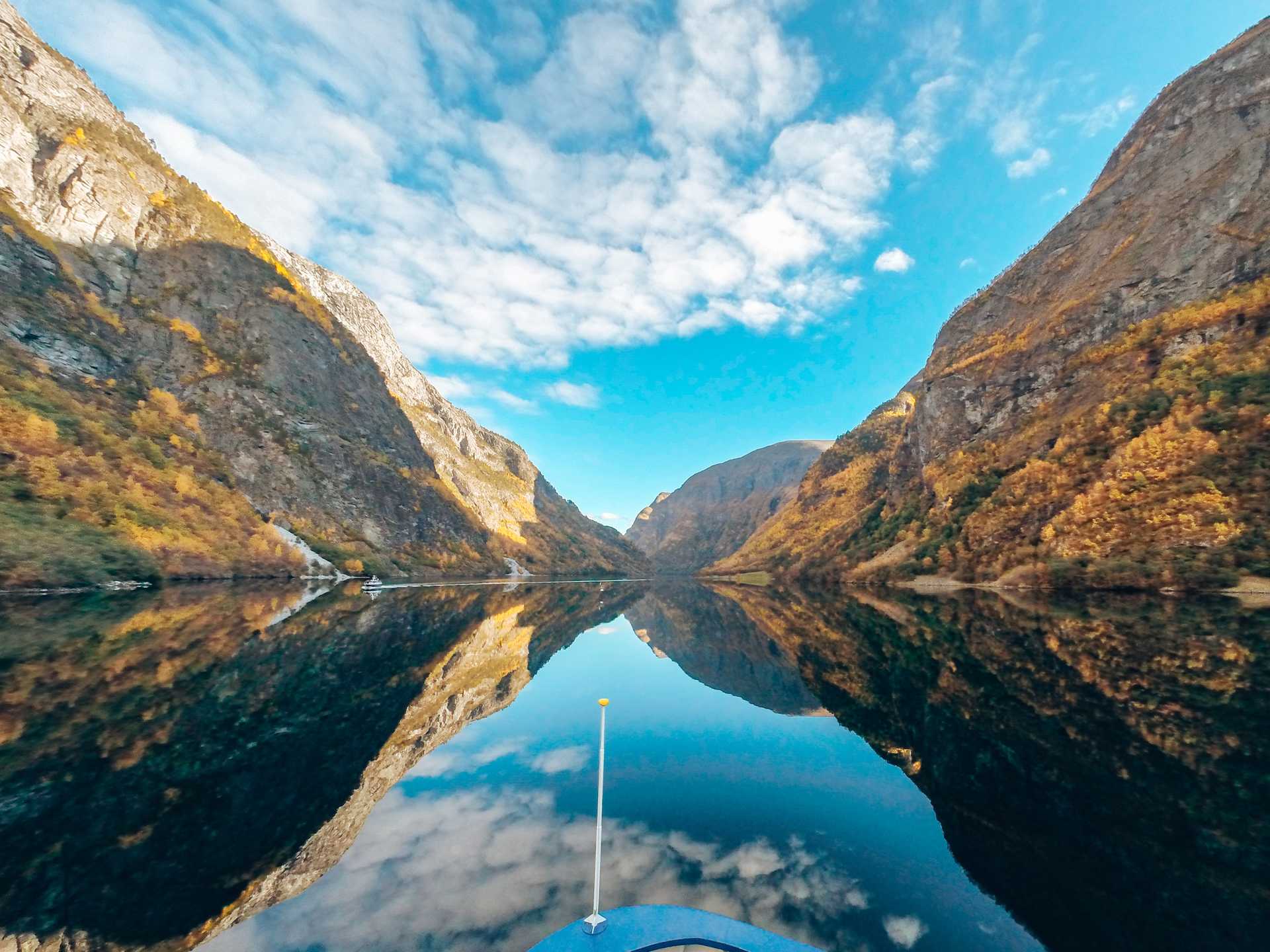Norway Mountains
Over 90% of Norway is mountainous which is staggering. It’s
no wonder Norwegians favourite outdoor activity is trekking!

The Tallest Mountains in Norway
The second tallest mountain in Norway is Glittertind.
Glittertind, or Glittertinden, is 2,452 metres high without the glacier sitting
on its summit. Interestingly, at one point it was thought Glittertind was
higher than Galdhøpiggen but once the peak glacier was discovered a heated
debate ensued as to whether the height should include the ice or not. Sadly, as
of summer 2022 little remains of the summit glacier now thanks to rising global
temperatures.
The twenty nine highest mountains in Norway are all located
within Jotunheimen making it a super popular place for hiking and trekking. The
Norwegian Trekking Association are responsible for maintaining the trails and
lodges in the Norwegian mountains and it is possible to trek from cabin, or
hytte, to cabin across the mountains. For spectacular climbs, iconic trekking
and endless mountains, Norway is THE place to visit.

Rock Formations in Norway
Trolltunga Norway, or the Troll's Tongue, is a rock
precipice which protrudes from the mountain above, hanging 700m high Lake
Ringedalsvatnet below. The Trolltunga hike is a strenuous one, requiring a long
hike much of which is ascent to reach this iconic rock. The scenery from the
rock is absolutely breathtaking and well worth the effort. It is now one of
Norway’s most popular visitor hotspots.
Preikestolen, or Pulpit Rock, is another awesome sight not
to be missed in Norway. Preikestolen is a rocky promontory which overhangs the
Lysefjord with a 600m drop from the end. This gravity defying platform offers
views across Norway that are unrivalled and the Preikestolen hike to reach it
is nowhere near as exerting as climbing to Trolltunga. Pulpit Rock is not far
from Stavanger and can be reached as a day trip or part of a longer itinerary
or trekking route.
Not as much as a rock as a defiance of gravity, Kjeragbolten
is an overhanging rock sandwiched between two cliffs high above Lysefjord. The kjeragbolten
rock trek is a steep one but there are chain handrails to help you navigate
trickier parts. The climb to the rock is climaxed by a final scrambling ascent
before you are rewarded with magnificent views of the fjord and lake below and
the endless mountain vista across Norway.

Best time to trek in Norway
The best time to trek in Norway from a weather perspective
is the summer months of July and August. The weather is warm and mild and it’s
a popular time of year for visitors to travel to this beautiful country.
The winter months are much colder, and snow and ice are
common, especially at higher altitudes. It’s a gorgeous time of year to visit
but unless you are an experienced trekker, conditions can be dangerous. The
weather can be very changeable, and it can be hard to predict when a front may
come in so pack accordingly, make sure you don’t trek alone and plan your
routes carefully.
Autumn and spring are quieter months to visit with milder
temperatures and the budding wildflowers in spring or the autumn colours of
fall show Norway in a plethora of colours. Come at this time of year to see
less crowds and more landscapes.










